
O Rossio tal como outros locais de Lisboa foi-se transformando ao longo dos anos. Estou para descobrir se é sentimento de emigrante mas nunca vi esta praça tão bonita como hoje, talvez tenha ajudado o facto de ser inicio de Setembro e estar pouca gente permitindo explorá-la com mais calma.
As placas identificam-na como a Praça de D. Pedro IV e pergunto-me quantos realmente a conhecerão por este nome. Ao centro a estátua do homem que dá o outro nome ao Rossio, Pedro I do Brasil, o Rei Soldado, o Libertador, o Imperador, tudo num só.
The Rossio as other places of Lisbon has been transformed over the years. I'm trying to find out if this an emigrant feeling but I never saw this square as beautiful as today, may have helped the fact that it was early September and there was only a few people allowing me to explore it more calmly.
The sign identify it as the Square D. Pedro IV and I wonder how many actually know it by this name. At the center the statue the man who give the other name to the Rossio, Pedro I of Brazil, the Soldier King, the "Libertador", the Emperor, all in one.
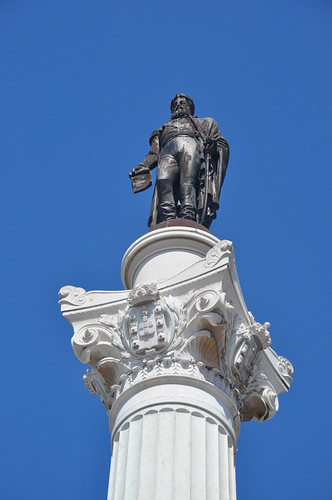
D. Pedro foi o responsável pela Independência do Brasil e famoso pelo o seu "Independência ou Morte" ou o "Dia do Fico", em que tendo ordens para voltar a Portugal optou por ficar no Brasil.
Aos seus pés, quatro estátuas de figuras femininas que representam a Justiça, a Sabedoria, a Força e a Moderação. Nos extremos duas fontes idênticas que acrescentaram á praça em 1889.
D. Pedro was responsible for the Independence of Brazil and famous for its "Independence or Death" or "Dia do Fico", where upon orders to return to Portugal he chose to stay in Brazil.
At his feet, four statues of female figures representing Justice, Wisdom, Strength and Moderation. In the side two identical fountains added that the plaza in 1889.
D. Pedro was responsible for the Independence of Brazil and famous for its "Independence or Death" or "Dia do Fico", where upon orders to return to Portugal he chose to stay in Brazil.
At his feet, four statues of female figures representing Justice, Wisdom, Strength and Moderation. In the side two identical fountains added that the plaza in 1889.
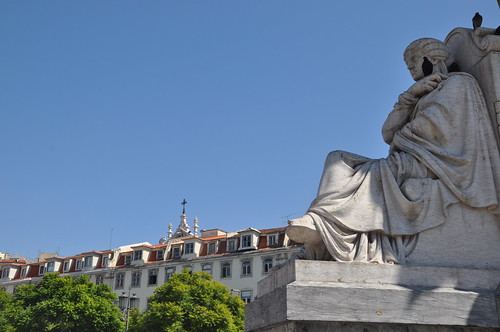
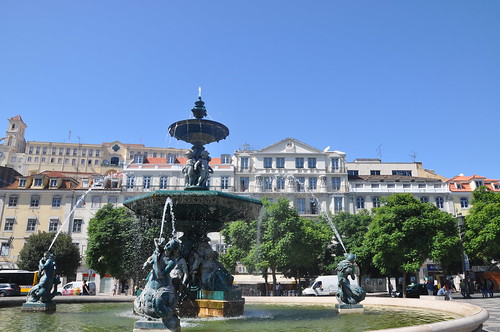
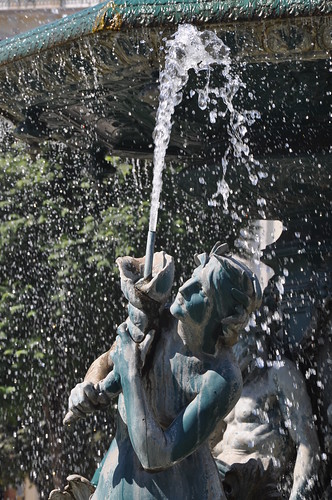
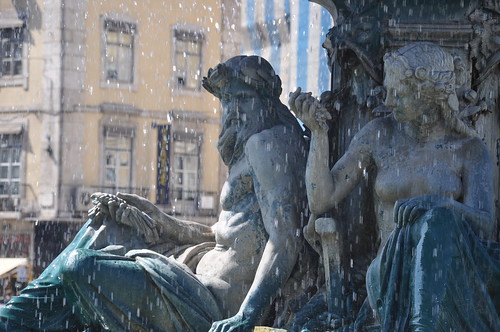
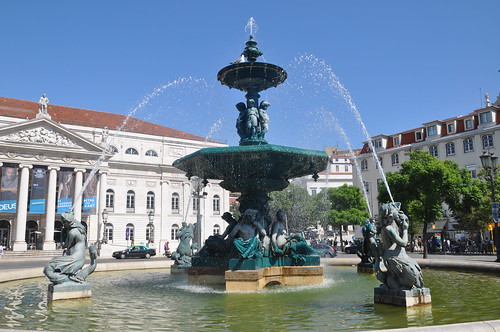
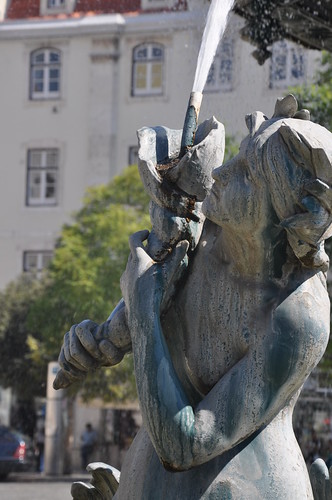
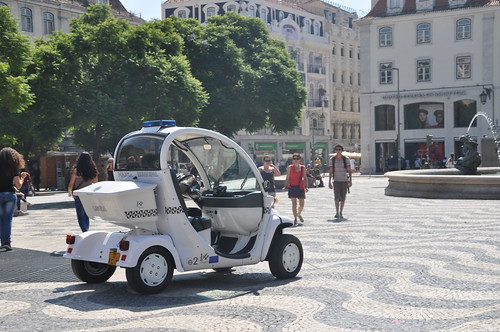
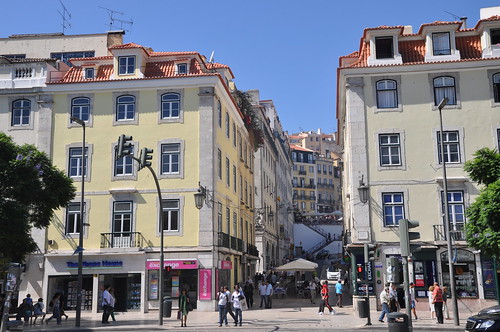
O terramoto de 1755 fez desaparecer grande parte dos edificios que rodeavam a Praça e deu lugar á arquitectura Pombalina que hoje marcam a cidade e sobretudo o Rossio.
Mas o grande monumento é sem dúvida o Teatro Nacional D. Maria II, com o Diogo Infante á frente da direcção artística levando o teatro a uma outra era. Para trás um passado de grande glória, de óperas e grandes actores que pisaram o seu palco, nomes como Ruy de Carvalho, Eunice Muñoz e Amélia Rey Colaço.
The earthquake of 1755 made disappear most of the buildings surrounding the square and gave rise to the Pombal architecture that today mark the city and especially the Rossio.
But the greatest monument is undoubtedly the National Theatre D. Maria II, with Diogo Infante in front of the theater art direction leading it into another era. Behind a past of great glory, operas and great actors who have stepped it's stage names like Ruy de Carvalho, Eunice Muñoz and Amélia Rey Colaço.
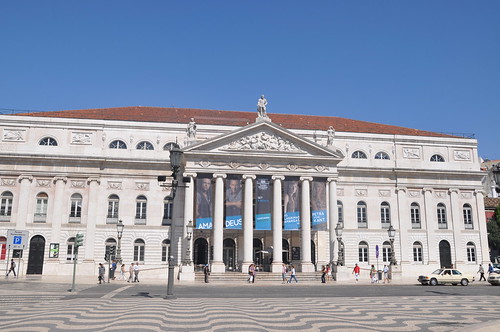
Actualmente em cartaz, "Amadeus" e "As Lágrimas Amargas de Petra Von Kant". Li que se podiam fazer visitas guiadas ainda que os horários não são para todos, só ás segundas-feiras pelas 11h30. No piso da entrada está instalado o restaurante Amo.te Lisboa com uma boa esplanada.
Do lado esquerdo do Teatro está a estação de comboios do Rossio com a sua impressionante fachada.
Currently in theaters, "Amadeus" and "The Bitter Tears of Petra Von Kant". I saw somewhere that they had guided tours although the times are not for everyone, only at Mondays 11:30. On the entrance floor there is a Amo.te Lisbon restaurant with a good terrace.
On the left side of the theater is the Rossio train station with its impressive facade.
Currently in theaters, "Amadeus" and "The Bitter Tears of Petra Von Kant". I saw somewhere that they had guided tours although the times are not for everyone, only at Mondays 11:30. On the entrance floor there is a Amo.te Lisbon restaurant with a good terrace.
On the left side of the theater is the Rossio train station with its impressive facade.
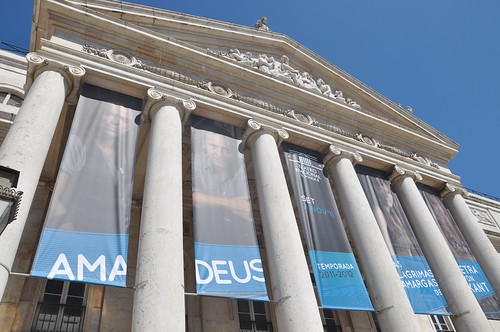
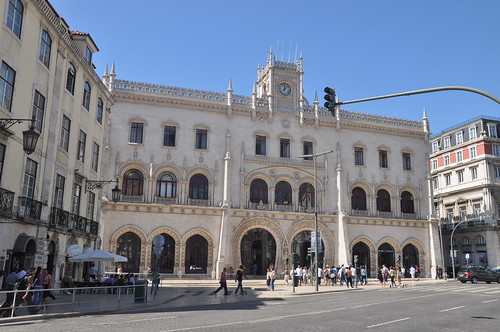
Do outro lado, dois grandes marcos do Rossio, a Pastelaria Suiça que continua a servir de ponto de encontro tal como quando começou em 1922.
E o outro clássico a Ginjinha. Tínhamos um aperto no coração, ficámos sempre na dúvida se a ASAE a tinha fechado de vez. Não, está aberta, felizmente. Não era no entanto a melhor hora (para nós pelo menos) para provar a especialidade da casa, gostamos mais de o fazer a seguir a um bom almoço ou jantar.
On the other hand, two major milestones in Rossio, the Pastelaria Suiça (Pastry) continues to serve as a meeting point as when it started in 1922.
And another classic the Ginjinha. Our heart was tight, we were always in doubt whether the ASAE had closed for good. It is open, thankfully. It was not however the best time (for us at least) to sample the house specialty, we like to do it after a good lunch or dinner.
On the other hand, two major milestones in Rossio, the Pastelaria Suiça (Pastry) continues to serve as a meeting point as when it started in 1922.
And another classic the Ginjinha. Our heart was tight, we were always in doubt whether the ASAE had closed for good. It is open, thankfully. It was not however the best time (for us at least) to sample the house specialty, we like to do it after a good lunch or dinner.
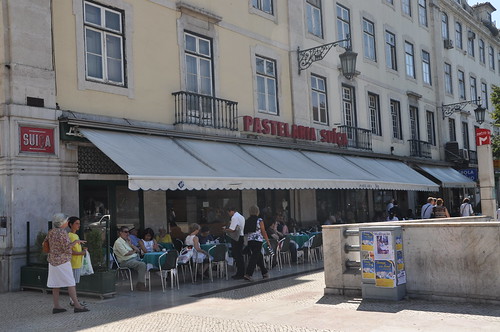
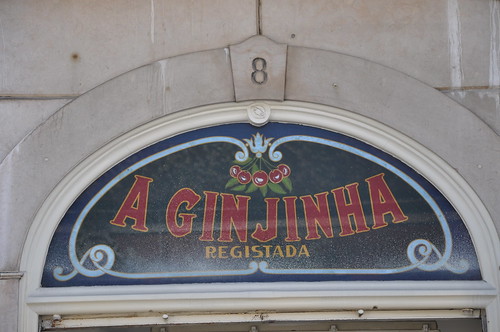
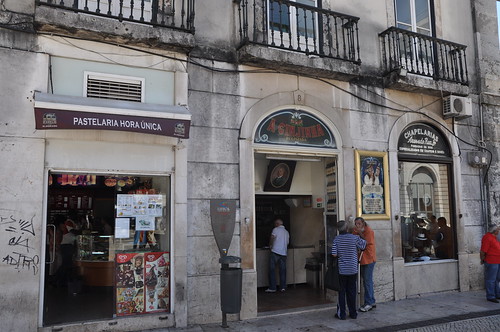


Sem comentários:
Enviar um comentário